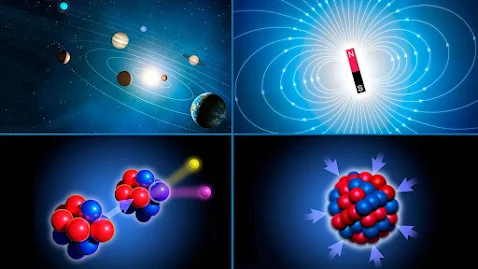MOON JOURNEY :
During the 1960s there was a race between the USA and the former Soviet Union to put a man on the moon. The USA landed the first man on the moon with APOLLO 11 in 1969.
 |
Apollo 11's mission crew members (1969).
Left side - Commander Neil Armstrong ; Middle - Command module Michael Collins ; Right side - Lunar module pilot Buzz Aldrin. |
What was Apollo 11 ?
🌕 Apollo 11 was made up of three modules, or parts: the tiny command module, the service module, and the lunar module.Apollo 11 mission reached the moon because of a huge rocket called SATURN V. Most of SATURN V contained the fuel needed to blast it into space.
 |
| The Journey Plan for the Moon Landing {1969}. |
🌕 Three astronauts sat in a tiny capsule at the top of the rocket. The service module contained the power and life-support systems. The three astronauts worked and slept in the command module. And the Mission commander Neil Armstrong struggled to find a flat landing site. He succeeded with just seconds to spare.
 |
| The Body Parts of Saturn V's that was carried the Lunar Module called Eagle. |
The Eagle has landed :
🌕 The lunar module ( the part of apollo 11 that landed ) was also known as the Eagle.It touched down on the moon on 20 July, 1969.
 |
| Lunar Module named Eagle. |
The Different Stages of Apollo 11 Mission :
🚀 STAGE 1 : Five F1 engines blast the SATURN V rocket into space from the Kennedy Space Center.
🚀 STAGE 2 : The rocket's engines fire to set the craft on a course to the moon.
🚀 STAGE 3 : The command and service modules separate from the rocket and perform a 180° turn.
🚀 STAGE 4 : The command and service modules reattach to the lunar module, which is still connected to the rocket.
🚀 STAGE 5 : The rest of the rocket is discarded while the commanded, service, and lunar modules continue to the moon.
🚀 STAGE 6 : The journey has taken 102 hours, 45 minutes. The lunar module is ready to land.
🚀 STAGE 7 : The command and service modules orbit the moon ( one astronaut remains on board ) while the lunar module lands. Two astronauts walk on the moon.
🚀 STAGE 8 : The lunar module joins the command and service modules so the two lunar astronauts can climb through. The lunar module is then abandoned.
🚀 STAGE 9 : The service module is ejected before re-entry into Earth's atmosphere.
🚀 STAGE 10 : The command module is the only part of the mission to return to Earth.
 |
Stages of Moon Landing Mission.
|
" THE ORIGIN AND EVOLUTION OF LIFE ARE CONNECTED IN THE MOST INTIMATE WAY WITH THE ORIGIN AND EVOLUTION OF THE STARS . "
______ CARL SAGAN. ______

















































